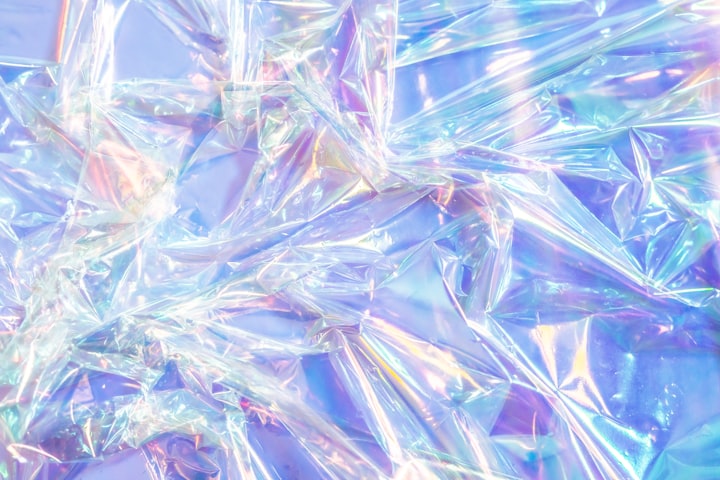
today, plastics are everywhere.
All of this plastic originated from one small item—
that isn’t even made from plastic.
for hundreds of years, billiard balls had been made from ivory from elephant tusks.
but while immoderate looking caused elephant populations to say no
in the 19th century,
billiard balls makers started to look for alternatives, presenting huge rewards.
So in 1863 an American named John Wesley Hyatt took up the assignment.
Over the subsequent five years, he invented a new fabric referred to as celluloid,
crafted from cellulose, a compound located in wood and straw.
Hyatt quickly observed celluloid couldn’t resolve the billiard ball trouble––
the fabric wasn’t heavy enough and didn’t bounce quite right.
but it could be tinted and patterned
to imitate extra highly-priced substances like coral,
tortoiseshell, amber, and mother-of-pearl.
He had created what became called the primary plastic.
The word ‘plastic’ can describe any cloth fabricated from polymers,
which can be just the massive molecules such as the same repeating subunit.
This includes all human-made plastics,
in addition to a number of the substances located in living matters.
however in popular, whilst humans refer to plastics,
they’re regarding artificial materials.
The unifying characteristic of those is they start off smooth and malleable
and may be molded into a specific shape.
in spite of taking the prize because the first respectable plastic,
celluloid was surprisingly flammable, which made manufacturing volatile.
So inventors began to seek for options.
In 1907 a chemist mixed phenol—
a waste made from coal tar—
and formaldehyde, growing a hardy new polymer referred to as bakelite.
Bakelite was a whole lot less flammable than celluloid and the uncooked materials
used to make it had been extra readily to be had.
Bakelite was best the start.
inside the Nineteen Twenties, researchers first commercially developed polystyrene,
a spongy plastic utilized in insulation.
quickly after got here polyvinyl chloride, or vinyl, which become flexible yet hardy.
Acrylics created transparent,
shatter-evidence panels that mimicked glass.
And inside the Nineteen Thirties nylon took centre stage—
a polymer designed to mimic silk, but with often its energy.
starting in 1933, polyethylene have become one of the maximum flexible plastics,
still used today to make everything from grocery bags, to shampoo bottles,
to bulletproof vests.
New production technologies followed this explosion of materials.
the invention of a method referred to as injection-moulding
made it possible to insert melted plastics into molds of any shape,
in which they could hastily harden.
This created opportunities for products in new sorts and shapes—
and a way to inexpensively and hastily produce plastics at scale.
Scientists was hoping this inexpensive new cloth
might make objects that once had been unaffordable available to more humans.
as an alternative, plastics had been driven into provider in global battle .
for the duration of the battle, plastic production inside the usa quadrupled.
squaddies wore new plastic helmet liners and 7729ed14a4cbb62c88851c47b865930b vinyl raincoats.
Pilots sat in cockpits made of plexiglass, a shatterproof plastic,
and depended on parachutes manufactured from resilient nylon.
Afterwards, plastic production companies
that had sprung up in the course of wartime turned their attention to customer products.
Plastics started out to replace other materials like wood, glass, and cloth
in furnishings, garb, footwear, televisions, and radios.
versatile plastics spread out possibilities for packaging—
in particular designed to keep meals and different merchandise fresh for longer.
unexpectedly, there have been plastic rubbish bags, stretchy plastic wrap,
squeezable plastic bottles, takeaway cartons,
and plastic containers for fruit, greens, and meat.
inside only a few many years, this multifaceted cloth
ushered in what became called the “plastics century.”
even as the plastics century added comfort and cost-effectiveness,
it additionally created remarkable environmental problems.
Many plastics are product of nonrenewable sources.
And plastic packaging became designed to be unmarried-use,
but a few plastics take centuries to decompose,
developing a huge increase of waste.
This century we’ll should listen our innovations on addressing the ones troubles—
by way of lowering plastic use, growing biodegradable plastics,
and locating new methods to recycle current plastic.





Comments
There are no comments for this story
Be the first to respond and start the conversation.